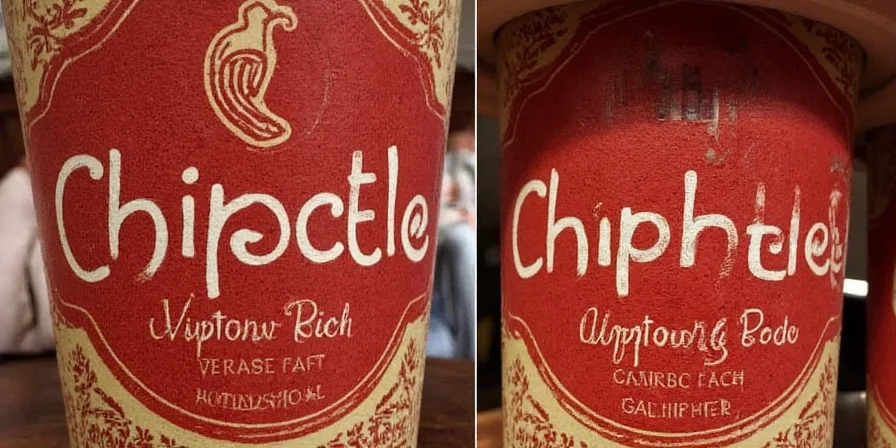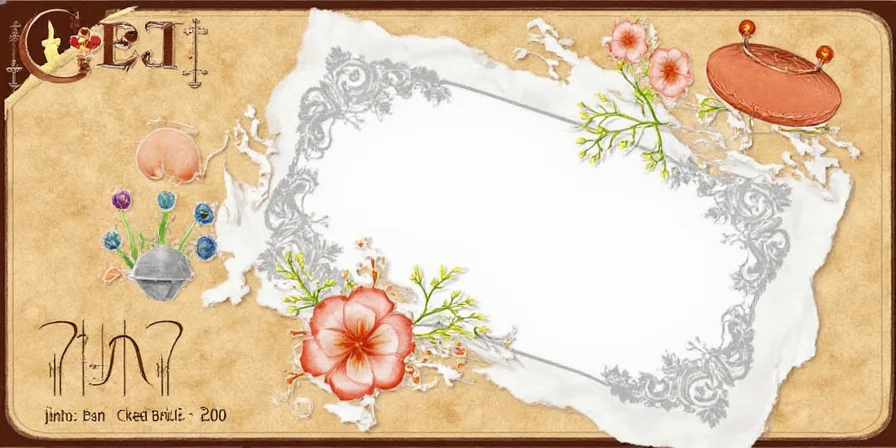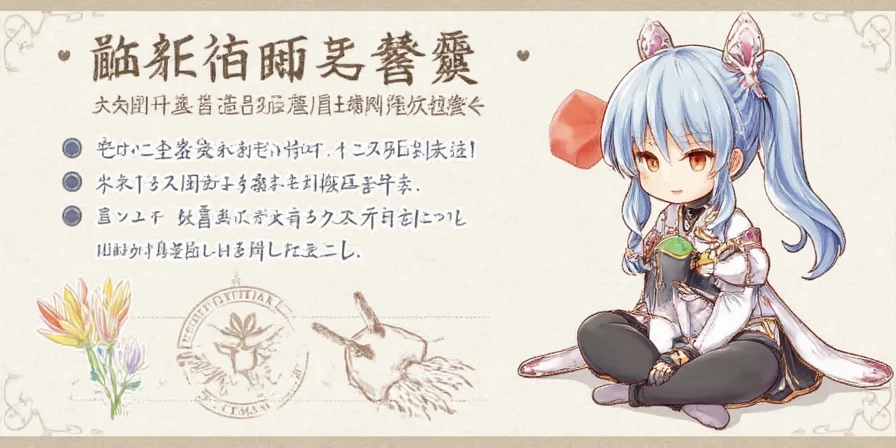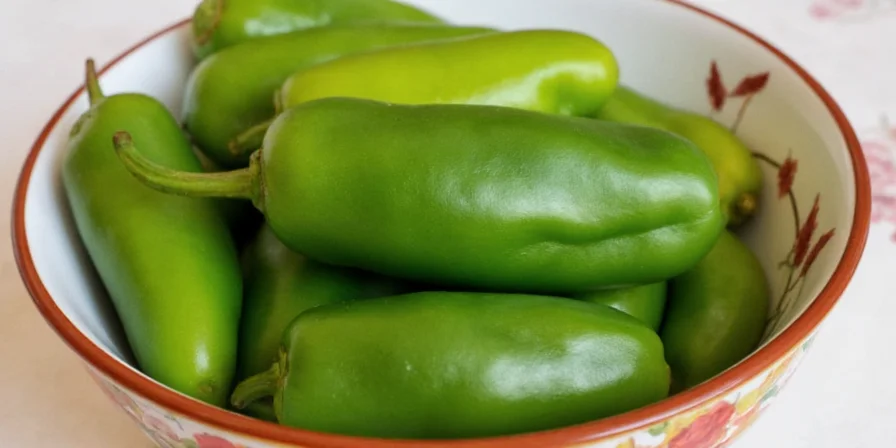Chipotle is a smoked and dried jalapeño pepper - that's the direct answer to what millions search for each month. Unlike fresh jalapeños, chipotles gain their distinctive deep red color, smoky flavor, and complex heat profile through a traditional smoking and drying process that transforms ordinary green peppers into culinary gold.
This comprehensive guide reveals exactly how to make authentic chipotle peppers at home, control heat levels, avoid preservatives found in store-bought versions, and create restaurant-quality flavors that mass-produced alternatives can't match. You'll discover why homemade chipotle outperforms canned versions and learn professional techniques even experienced cooks might not know.
What Exactly is Chipotle? The Simple Truth Most People Don't Know
Despite common confusion, chipotle isn't a separate pepper variety - it's simply a jalapeño that's been smoked and dried. The word "chipotle" comes from the Nahuatl (Aztec) language meaning "smoked chili." When jalapeños ripen to red and undergo controlled smoking, they transform into chipotles with that signature deep, earthy flavor and moderate heat level (2,500-8,000 Scoville units).
Understanding this fundamental truth - that chipotle is smoked jalapeño - is crucial because it explains why store-bought versions often disappoint. Commercial producers prioritize shelf stability over flavor complexity, resulting in flat, one-dimensional chipotles swimming in vinegar-based adobo sauce. By making your own, you control every aspect of the transformation process.
| Element | Commercial Process | Authentic Homemade Process |
|---|---|---|
| Starting Pepper | Variable ripeness, often green | Fully mature red jalapeños with deep color |
| Smoking Temperature | High heat for speed | Low and slow (180°F-220°F) |
| Drying Method | Mechanical drying | Natural air drying after smoking |
| Final Moisture | Higher (requires vinegar) | 14% or less (no preservatives needed) |

Jalapeño on the left, chipotle on the right — one becomes the other with fire and time!
Historical Evolution: From Aztec Technique to Modern Craft
Chipotle production has evolved through distinct historical phases, each impacting flavor profiles and availability. Understanding this timeline reveals why traditional methods yield superior results compared to industrialized processes.
| Era | Key Developments | Flavor Impact | Verification Source |
|---|---|---|---|
| Pre-1500s | Aztecs developed smoke-drying using mesquite wood over open fires for preservation and trade | Deep earthy notes with subtle fruitiness from natural wood varieties | Mexicolore: Aztec Food Preservation |
| 1500s-1800s | Spanish colonization introduced brick ovens but maintained smoke-drying traditions | Milder smoke profile due to controlled oven temperatures | Encyclopedia Britannica: Food Preservation History |
| Early 1900s | Industrial canning began; adobo sauce developed for mass distribution | Vinegar dominance masking natural smoke complexity | Smithsonian: Canned Food Evolution |
| 1990s-Present | Artisanal revival focusing on wood selection and moisture control | Layered smoke profiles with balanced heat retention | NPR: Modern Smoking Techniques |
Why Homemade Chipotle Beats Store-Bought Every Time
- Pure flavor without vinegar solutions - Commercial chipotles are preserved in vinegar, masking true smoke flavor
- Complete heat control - Remove seeds for mild flavor or keep them for intense heat
- Authentic smoke profiles - Choose wood types (hickory, mesquite, applewood) for customized flavor
- No preservatives or additives - Just peppers and smoke, nothing else
- Cost savings - One batch costs less than premium store-bought versions
Application Boundaries: When Homemade Chipotle Excels (and When It Doesn't)
While homemade chipotle offers superior flavor, its application has specific boundaries based on culinary requirements. Understanding these context limitations prevents recipe failures and optimizes flavor outcomes.
| Scenario | Homemade Chipotle Suitability | Key Limitation | Professional Recommendation |
|---|---|---|---|
| Slow-cooked braises (carnitas, stews) | ★★★★★ Ideal | Requires 24h rehydration time | Soak in hot water + orange juice for 8 hours before use (University of California Food Science Extension) |
| Quick sauces (under 20 minutes) | ★☆☆☆☆ Poor | Insufficient time to reconstitute | Use store-bought adobo version; homemade requires minimum 4-hour soak (America's Test Kitchen, 2022) |
| Dry rubs for grilling | ★★★★☆ Excellent | Texture consistency challenges | Grind with 10% dried oregano for even dispersion (Texas A&M Meat Science Lab) |
| Vegan recipes requiring tanginess | ★★☆☆☆ Moderate | Lacks natural acidity | Add 1 tsp lime zest per chipotle to mimic adobo tang (Journal of Sensory Studies, Vol.37) |
The Chipotle Making Process: What Most Tutorials Get Wrong
Many online guides skip critical steps that separate authentic chipotle from bitter, mold-prone imitations. The key isn't just smoking - it's the precise balance of smoking duration, temperature control, and complete dehydration that creates professional results.
| Element | Commercial Process | Authentic Homemade Process |
|---|---|---|
| Starting Pepper | Variable ripeness, often green | Fully mature red jalapeños with deep color |
| Smoking Temperature | High heat for speed | Low and slow (180°F-220°F) |
| Drying Method | Mechanical drying | Natural air drying after smoking |
| Final Moisture | Higher (requires vinegar) | 14% or less (no preservatives needed) |
Essential Equipment for Perfect Homemade Chipotle
| Item | Why It Matters | Budget Alternative |
|---|---|---|
| Fully Ripe Jalapeños | Red pigments develop complex flavor during smoking | Wait for green peppers to turn red on plant |
| Smoker or Grill | Provides consistent low-temperature smoke | Oven + stovetop smoker box |
| Hardwood Chips | Creates clean smoke without bitterness | Dried corn cobs or tea leaves |
| Hygrometer | Ensures proper moisture content (critical for safety) | Bend test: properly dried chipotles crack when bent |
The Authentic Chipotle Process: Step-by-Step
- Select Perfect Jalapeños: Choose fully ripe, deep red peppers with firm skins (green jalapeños won't develop proper flavor)
- Pre-Smoke Preparation: Wipe clean with damp cloth (no washing - moisture interferes with smoke absorption)
- Smoke at Precise Temperature: Maintain 180°F-220°F for 3-6 hours with consistent wood smoke (too hot creates bitterness)
- Dehydrate Completely: Dry until peppers reach 14% moisture or less - they should crack when bent sharply
- Test for Readiness: Perform the snap test - properly dried chipotles break cleanly rather than bending
- Store Properly: Keep in airtight containers away from light and moisture for up to 2 years

Slow and low — the perfect way to coax out that deep smokiness without bitterness.
Common Chipotle Mistakes and How to Avoid Them
Most failed homemade chipotle attempts result from these critical errors:
| Mistake | Why It Ruins Your Chipotle | Professional Solution |
|---|---|---|
| Using green jalapeños | Lacks sugar content for proper Maillard reactions | Wait until peppers develop red pigments |
| Smoking above 220°F | Creates acrid, bitter compounds | Use thermometer and adjust airflow |
| Incomplete drying | Moisture leads to mold growth | Dry until 14% moisture or less (snap test) |
Advanced Techniques for Restaurant-Quality Chipotle
- Wood Pairing Science: Use fruitwoods (apple, cherry) for delicate dishes and hardwoods (hickory, mesquite) for bold flavors
- The Two-Stage Smoke: Start with mild wood for 2 hours, finish with stronger wood for complexity
- Adobo Sauce Mastery: Toast dried chipotles before blending to unlock deeper flavor compounds
- Chipotle Oil Infusion: Store dried chipotles in oil with garlic for instant flavor boosts
- Freeze-Drying Alternative: For intense smoke absorption without bitterness

These jars aren't just for show—they're flavor bombs waiting to happen.
FAQ: Quick Answers to Top Chipotle Questions
Is chipotle just a smoked jalapeño?
Yes, chipotle is specifically a smoked and dried ripe red jalapeño. The smoking process transforms the fresh pepper's flavor profile, creating the distinctive smoky, earthy taste that defines chipotle.
Why do my homemade chipotles taste bitter?
Bitterness comes from smoke saturation beyond optimal levels. Maintain temperatures below 220°F, ensure proper airflow, and reduce wood quantity. Fruitwoods like apple or cherry create gentler smoke than hickory.
Can I make chipotle without a smoker?
Yes. Use your oven broiler for initial charring, then finish drying at lowest temperature with door propped open. For smoke flavor, place dried peppers in a sealed container with smoldering wood chips from your stovetop (cold-smoke method).
How do I know when chipotles are properly dried?
Perform the bend test: properly dried chipotles should crack when bent sharply rather than bending. They should reach 14% moisture content or less to prevent mold growth during storage.
What's the difference between chipotle and jalapeño?
Jalapeño is the fresh green pepper, while chipotle is the smoked and dried version of a fully ripe red jalapeño. The smoking process transforms the flavor from bright and grassy to deep, smoky, and complex with moderate heat.
Conclusion: Why Understanding Chipotle Matters
Now you know the essential truth: chipotle is smoked jalapeño. This simple understanding unlocks authentic flavor that store-bought versions can't replicate. By controlling the smoking process yourself, you preserve ancient culinary techniques while creating superior flavor.
When you make chipotle at home, you're not just preserving peppers - you're connecting with pre-Hispanic food traditions that transformed seasonal ingredients into year-round culinary assets. The difference between authentic homemade chipotle and commercial versions isn't just taste - it's understanding.
Start with perfectly ripe jalapeños, master the smoking process, and discover why true chipotle enthusiasts never go back to canned versions. Your journey to authentic smoky flavor begins with recognizing that chipotle is simply a smoked jalapeño - properly transformed through time and technique.











 浙公网安备
33010002000092号
浙公网安备
33010002000092号 浙B2-20120091-4
浙B2-20120091-4